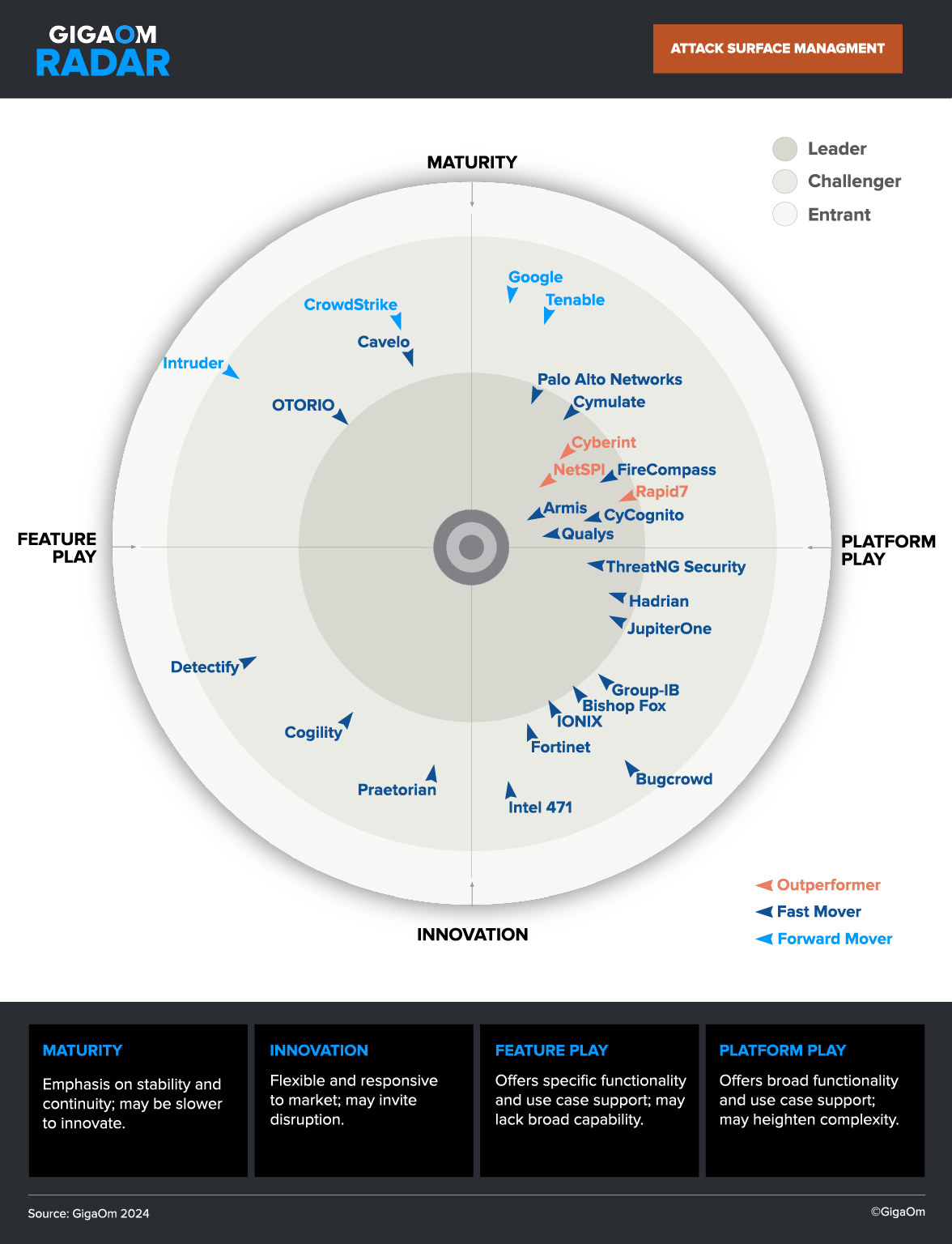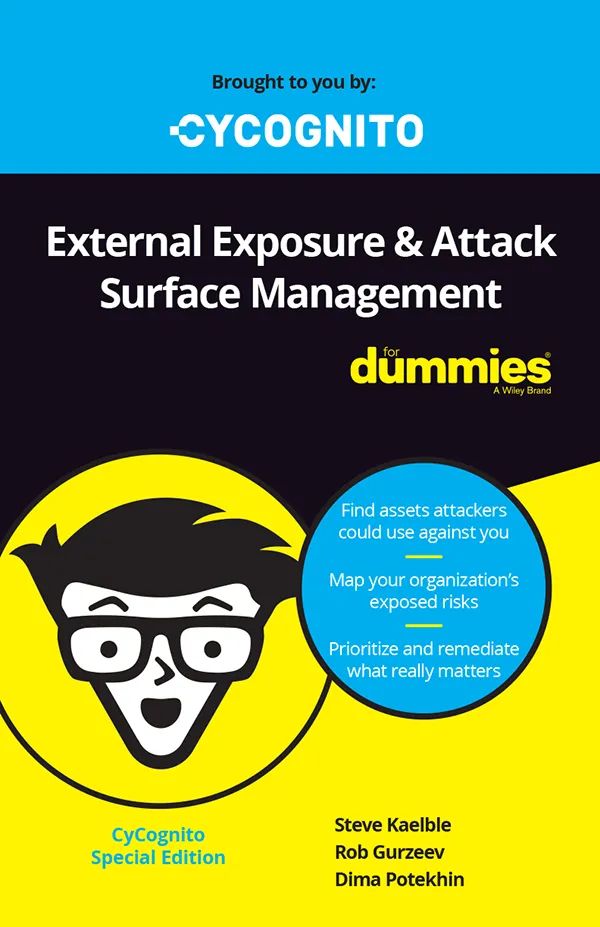Essential Threat Hunting Techniques
Successful threat hunting relies on a variety of techniques to discover new threats that may not trigger standard security alerts. These techniques can be used independently or combined, depending on the hypothesis and available data.
Hypothesis-Driven Hunting
Hypothesis-driven hunting begins with a specific assumption about how a potential threat might be operating in the environment. These hypotheses are typically informed by threat intelligence reports, attacker TTPs, or recent attack trends. For example, a hunter might posit: "An attacker is using PowerShell to bypass detection on critical servers." The hunt then focuses on collecting and analyzing relevant telemetry—such as command-line execution logs or PowerShell script block logs—to test this assumption.
This method provides structure and purpose to threat hunts, reducing the likelihood of wasted effort. It requires a solid understanding of both attacker behavior and the organization’s infrastructure. Successful hunts often refine or evolve the original hypothesis, leading to a cycle of continuous learning and improved detection capabilities.
Anomaly Detection
Anomaly detection involves identifying deviations from established norms within the organization’s network, user behavior, or system performance. For example, an employee logging in from a new geographic location at an unusual time, or a server generating significantly more DNS queries than usual, could be flagged for further investigation.
Effective anomaly detection relies heavily on high-quality, time-series data and well-defined baselines of normal activity. It may involve statistical modeling or machine learning to automatically highlight anomalies. While powerful, this technique can generate high false positive rates if not carefully tuned, especially in dynamic environments with evolving baselines.
Behavioral Analytics
Behavioral analytics tracks how users and systems behave over time, identifying meaningful patterns that may indicate malicious activity. Instead of focusing on single events, it looks at the sequence and context of actions. For example, if a user typically accesses three systems per day but suddenly accesses twenty, that deviation may suggest credential misuse or lateral movement.
This technique excels in detecting insider threats, account compromise, and stealthy attackers using legitimate credentials. It often leverages machine learning models that build user or system profiles. Tools like UEBA (user and entity behavior analytics) can automate parts of this process, but expert interpretation remains essential for validation.
IoC (Indicator of Compromise) Searches
IoC-based hunting uses known threat artifacts such as malicious IPs, domains, URLs, file hashes, or registry keys to search through organizational data. These indicators are typically sourced from threat intelligence feeds, internal detections, or incident response cases.
While IoCs are most effective against known threats, their value diminishes as attackers rotate infrastructure or change payloads. IoC-based hunting is often used to quickly scope the impact of an ongoing campaign or to validate that previous infections are no longer active. Integrating IoC searches into SIEMs and EDR platforms can help automate and scale this process.
Threat Intelligence-Driven Hunting
This approach integrates threat intelligence directly into the hunting process, using reports, actor profiles, and observed TTPs to shape hypotheses and guide data collection. For instance, if threat intel indicates an APT group targeting a specific industry with custom malware, the hunt might focus on detecting unique behaviors associated with that malware.
Threat intelligence–driven hunting ensures relevance by aligning investigation efforts with likely and high-impact threats. It can be particularly effective when intelligence is contextualized to the organization’s assets, geographic footprint, and technology stack. Integration with tools like threat intel platforms (TIPs) allows for dynamic updating of hunt logic as new intelligence becomes available.
Frequency Analysis
Frequency analysis looks for unusual volumes or absence of expected events. Analysts compare how often specific actions occur—such as process executions, domain resolutions, or file accesses—against typical behavior. A sudden spike in PowerShell use, or rare access to a critical file server, may warrant deeper investigation.
This method can reveal stealthy or low-volume attacks that evade signature-based detection. It’s especially useful in identifying rare or anomalous values in large datasets. Frequency analysis often works best when combined with visualizations and statistical baselines to quickly surface outliers.
Endpoint Telemetry Analysis
Endpoint telemetry analysis dives into data collected from endpoints, including process execution, file changes, registry modifications, network connections, and user activity. This detailed telemetry allows hunters to reconstruct events at the host level, identify persistence mechanisms, or detect malware behaviors like DLL injection or credential dumping.
Analyzing endpoint data provides rich context but also requires filtering out normal system noise. It’s especially powerful when EDR solutions are deployed broadly and integrated with SIEMs for correlation. This technique is critical in detecting advanced persistent threats (APTs) and uncovering lateral movement paths.
Network Traffic Analysis
This technique analyzes network flow data or full packet captures to detect suspicious communication patterns. Hunters look for command-and-control (C2) activity, exfiltration attempts, and lateral movement by analyzing protocol usage, data transfer volumes, and timing patterns. Indicators might include beaconing behavior, encrypted traffic over non-standard ports, or connections to known malicious IPs.
Network traffic analysis is vital in environments where endpoint visibility is limited, such as unmanaged devices or IoT systems. While full packet capture offers granular detail, it can be resource-intensive to store and analyze. Network metadata (e.g., NetFlow, Zeek logs) offers a scalable alternative for broader coverage.
Memory Analysis
Memory analysis inspects the contents of RAM on a running system to uncover evidence of in-memory-only threats, such as fileless malware, reflective DLL injections, or rootkits. It allows visibility into what was actively running—even if traces are erased from disk or logs. Common tools for this include Volatility and Rekall.
This approach is typically used in deep-dive investigations or post-exploitation scenarios. It requires strong forensic expertise and often manual effort to interpret memory dumps. While not practical for routine hunts, it is indispensable when facing sophisticated adversaries who avoid persistent artifacts.
Threat Emulation and Simulation
Threat emulation uses tools like MITRE Caldera, Atomic Red Team, or commercial red-teaming tools to simulate known adversary behaviors in a test or production environment. These simulated actions act as benchmarks, helping hunters validate that detection logic and telemetry sources are working as intended.
This technique closes the feedback loop between theory and practice. It helps identify visibility gaps, test the completeness of detection rules, and train teams using real-world scenarios. Regular emulation exercises improve readiness and help refine hunting methodologies based on observed response effectiveness.
Related content: Read our guide to threat hunting tools.
How to Choose Threat Hunting Frameworks
Assess Your Team’s Maturity and Capabilities
Selecting a threat hunting framework first requires understanding your team’s existing capabilities and threat hunting maturity level. More novice teams may need frameworks with prescriptive guidance and integrated resources, while more advanced teams can benefit from modular frameworks that allow extensive customization. Evaluating technical skills, available resources, and previous hunting experience is essential before making a choice.
A realistic assessment prevents overextension and ensures chosen frameworks align with your team’s ability to implement and sustain the associated processes. This stage helps identify areas that need upskilling or additional tooling before adopting more complex frameworks.
Align to Use Cases
Different frameworks excel in different use cases, such as endpoint-focused hunts, cloud infrastructure, or integrating threat intelligence. Before selecting a framework, organizations should map their most critical detection and response scenarios, including prevalent threat vectors and compliance requirements. Matching frameworks to these scenarios ensures relevance and maximizes impact.
Understanding your unique organizational risks and threat landscape guides the selection towards frameworks that address actual needs rather than theoretical capabilities. Aligning use cases allows teams to focus resources on approaches that deliver measurable improvements in detection and response effectiveness.
Evaluate Core Framework Components
A structured threat hunting framework should define all core components—hypothesis development, data collection, analysis, investigation, response, and feedback. Evaluate each framework’s thoroughness in covering these stages and its support for integration and automation. Effective frameworks also provide robust documentation and support continuous improvement.
Assess whether the framework offers guidance on tool integration, documentation standards, and team communication. Frameworks with modular, extensible components make it easier to adapt to organizational growth and evolving security requirements.
Fit Framework to Data and Tooling
Framework selection should account for your existing security tooling and data infrastructure. Some frameworks require advanced SIEM implementations or access to rich telemetry, while others function with more basic log sources. Compatibility ensures seamless integration, enabling teams to get started quickly without overhauling technology stacks.
Consider frameworks that allow scaling and customization with your evolving infrastructure. Support for your chosen tools and data architectures minimizes friction and helps get more value from existing security investments.
Threat Hunting Frameworks and EASM
External Attack Surface Management (EASM) plays a crucial role in modern threat hunting by expanding visibility into all internet-facing assets—both known and unknown. This includes misconfigured cloud services, forgotten subdomains, and shadow IT systems that are often overlooked in traditional asset inventories. EASM helps threat hunters uncover these exposures, which may serve as entry points for attackers.
By mapping the full external footprint, EASM allows hunters to focus investigations on the most exposed and high-risk areas. This intelligence feeds directly into hypothesis development, enabling more accurate, targeted hunts. Additionally, ongoing asset discovery supports proactive detection of unauthorized changes, such as the appearance of unapproved services or unexpected software versions.
EASM-derived insights also help validate indicators of compromise (IOCs) by correlating malicious activity with exposed assets. When used in conjunction with threat intelligence, EASM enhances contextual understanding and prioritization. Ultimately, EASM empowers security teams to shift from reactive monitoring to proactive, exposure-aware hunting that anticipates attacker behavior.
Automating Threat Hunting with CyCognito
CyCognito empowers threat hunting teams with unique external intelligence and context during the hypothesis and scoping phases. As an Attack Surface Management (ASM) platform, it automates the discovery, risk prioritization, and validation of internet-exposed assets—including shadow IT, cloud infrastructure, APIs, and third-party environments—without requiring internal access.
By continuously mapping the organization’s external attack surface, CyCognito enables threat hunters to:
- Prioritize based on real-world exposure: CyCognito applies attacker logic and business context to highlight the most vulnerable and likely-to-be-targeted assets.
- Refine hunt hypotheses: Exposure trends, asset risk scores, and vulnerability context help teams formulate focused, high-impact hypotheses.
- Reveal coverage gaps: Autonomous reconnaissance identifies unmanaged or unmonitored assets beyond the reach of traditional EDR/SIEM tools—ideal for targeting blind spots.
- Accelerate investigations: When anomalies are detected, CyCognito provides rich context on asset ownership, exposure history, and risk posture to support rapid triage and response.
Integrated with frameworks like MITRE ATT&CK CyCognito extends the "Prepare" and "Scope" phases beyond internal perimeters, serving as a powerful catalyst for proactive, exposure-driven threat hunting.






 Complimentary Guidebook
Complimentary Guidebook